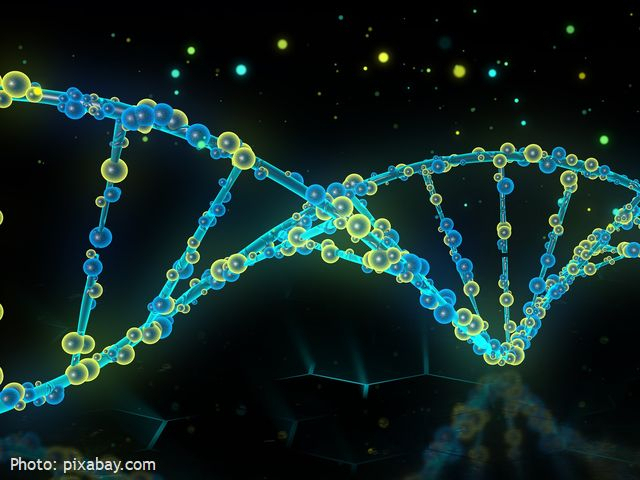Applications of biological technologies
Genetic engineering has existed since the 1970s, but the CRISPR technology developed in the last decade has revolutionised the field.

Corina Cristea, 11.03.2022, 14:00
After 276 failed attempts, in the summer of 1986, the
world’s most famous sheep called Dolly was born in Scotland, although its
existence was only revealed to the world in February the following year. Dolly’s
creation, through an entirely scientific process, divided the world in two. Some
said the researchers at Roslin Institute were playing God, fearing that human
clones were next. Others saw the achievement as a great step forward for mankind
that would ensure the rescue of species on the verge of extinction. Beyond
these differences, it was a truly momentous event. Mircea Iliescu, a doctor in
human genetics and evolution at the Institute of Continuing Education of the
University of Cambridge spoke to Radio Romania about the importance of the
Dolly experiment:
This was the first case of cloning using a cell from
an adult animal. Cloning had been done before, in frogs and sheep, but they had
come from embryonic cells, that is to say from as yet undifferentiated cells. But
in this particular case, what they did was, and this wasn’t easy, technically
speaking, but Ian Wilmut’s team did it successfully, they took a cell from the
mammary gland of an adult sheep and implanted it in the egg taken from a
different sheep. So, it was all about reprogramming an adult cell,
reprogramming the genetic material, so that instead of sperm and egg, they used
the information taken from an adult cell and implanted it into an egg, which
was itself implanted into a surrogate mother. It was the first time that genetic
material was taken from an adult cell to create a new organism, and that was in
fact the big discovery.
The creation of the first cloned animal using the cell
of an adult mammal caused a big debate, the benefits of its applications being
counterbalanced by ethical considerations. It all gave rise to an interesting
discussion about cloning, the future of mankind and what can be done with the
new biological technologies, with the fact that we can interfere with the DNA, with
embryos. Mircea Iliescu says 25 years later, we can now talk about gene
editing:
Cloning means we can simply take genetic material
from someone and reproduce it, creating an identical organism. Gene editing is
about intervening into the genetic material and changing it based on certain
criteria. This can be done today in very specific ways. So, gene editing is
about modifying. For example, taking a fertilised egg and modifying certain DNA
units that cause certain diseases. This can be achieved today. Gene editing can
also be done in adults suffering from all kinds of illnesses.
Genetic engineering has been around since the 1970s,
but the CRISPR technology, which emerged ten years ago and last year earned the
scientists who pioneered it the Nobel prize in chemistry, fundamentally changed
this field. CRISPR is the first technology that allows scientists to modify
more than one gene in a single experiment and can edit, in a simple and
inexpensive manner, the genome of all organisms, from plants and animals to
humans. Its impact on the medical field is enormous. CRISPR is, for example, a
very useful instrument for identifying biomarkers through an assessment of changes
in tumoral tissue. It is also applied in the diagnosis and treatment of genetic
disorders and infectious and immunological diseases. The technology has already
been used extensively to create cellular models for muscular dystrophy,
atherosclerosis, obesity, diabetes and Alzheimer’s.
CRISPR also has great potential in food production, to
improve the quality of harvests and make them more resistant to diseases and
herbicides. It also offers the possibility to tackle food allergies by
rewriting those areas of the gene that are recognised by the immune system and which
cause an allergic reaction. Used in the case of animals, CRISPR can lead to
better resistance to disease and enhanced productive features.
The technology is not, however, perfect, and there are
lots of challenges related to the technical aspects, such as risk of undesired
modifications as a result of intervening in unintended areas of the genome, the
reaction of the body, in particular the immune system, or ethical considerations.
There are already controversial experiments, such as that of a Chinese
biophysicist who unsuccessfully tried to use this technology to modify human
embryos to create resistance to HIV. Widely contested, he eventually received a
prison sentence in China, a country which has become a leader in the field of
gene editing research.





























